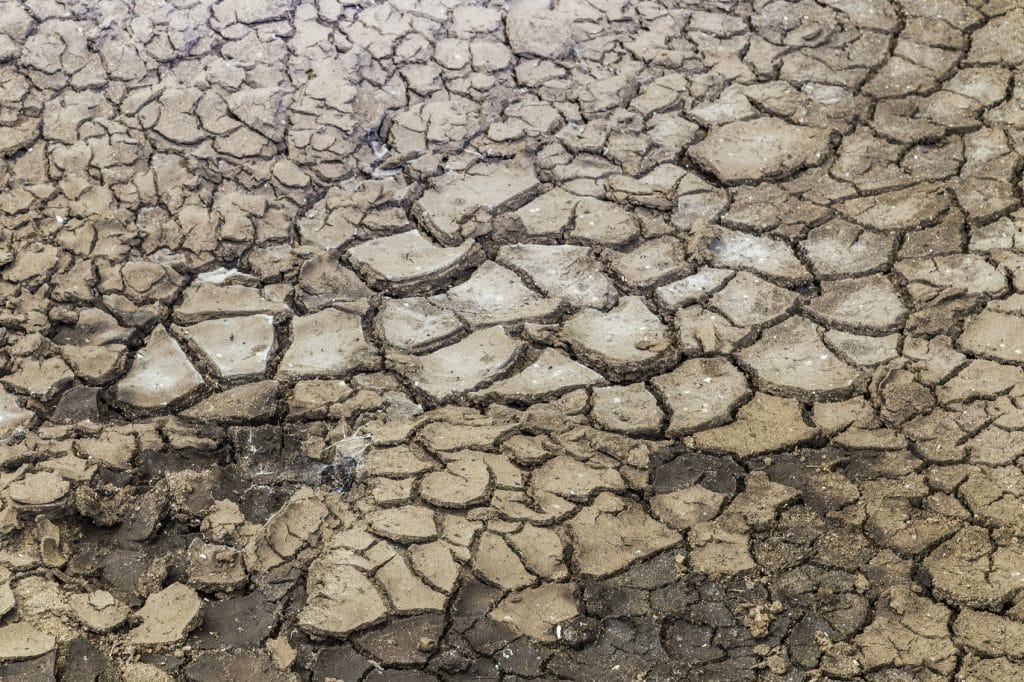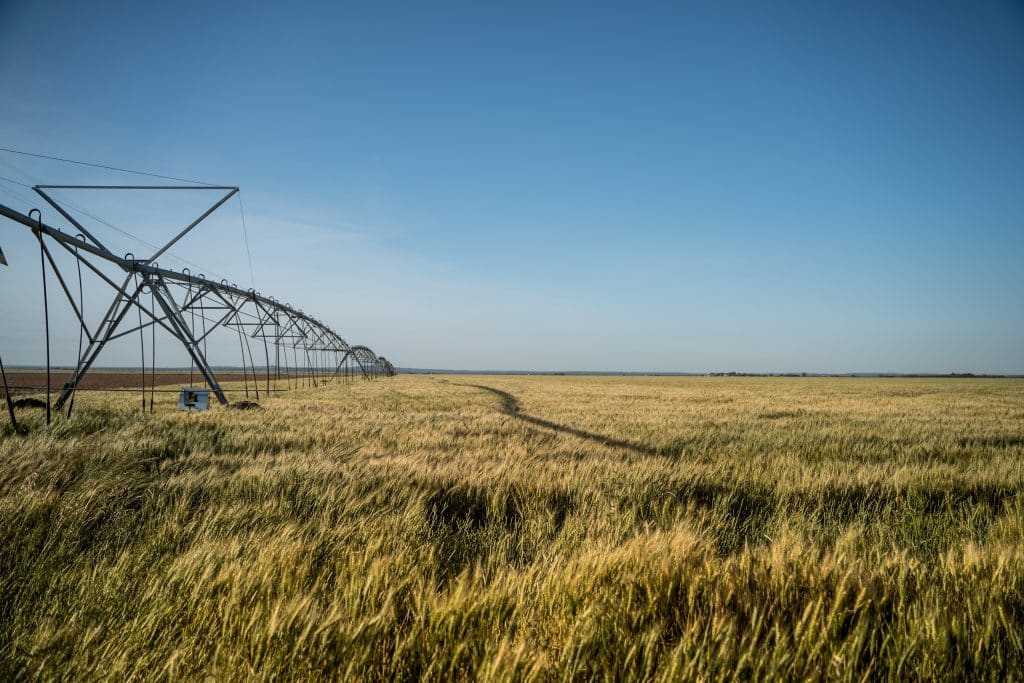Climate change is no longer a distant threat – it is a reality that farmers around the world are grappling with daily. Rising temperatures, erratic weather patterns, increased pest and disease pressure and shifting precipitation patterns have made agriculture more challenging than ever. Farmers are demonstrating remarkable resilience and adaptability in the face of the uncertainty brought about by climate change.
—
1. Diversification of Crops and Livestock
Diversification is one of the most effective strategies farmers use to adapt to climate change. Farmers can spread the risk associated with changing weather patterns by planting various crops and raising different types of livestock. Diversification provides a buffer against crop failures, helps maintain soil health and prevents the spreading of diseases and pests. Farmers are experimenting with new crop varieties better suited to changing conditions and exploring niche markets for specialty crops and livestock breeds.
2. Precision Agriculture and Technology
Technological advancements have played a crucial role in helping farmers adapt to climate change. Precision agriculture techniques, like GPS-guided tractors and drones, optimise farmer’s use of resources like water and fertilisers. With data-driven insights from weather forecasts and soil analysis, farmers can make informed decisions about when to plant, irrigate and harvest, reducing waste and increasing efficiency.
3. Sustainable Farming Practices
Sustainability has become a central focus for many farmers. Implementing practices like conservation tillage, crop rotation and cover cropping helps sequester carbon, improve soil health and reduce water usage. Additionally, sustainable farming practices contribute to biodiversity conservation, which is vital for maintaining ecosystem resilience in the face of climate change.
You might also like: How Climate Smart Agriculture Can Help Us Tackle Global Food Insecurity
4. Water Management and Irrigation Efficiency
As water resources become scarcer and more unpredictable, farmers are adopting innovative irrigation techniques to make the most of available water. Drip irrigation, rainwater harvesting and soil moisture sensors are just a few examples of technologies that help farmers manage water resources more efficiently. Water recycling and storage systems also enable farmers to store excess water during wet periods for use during dry spells.
5. Maximising Existing Agricultural Land
With a growing global population and increasing pressure on land resources, finding ways to enhance productivity on current farmland is vital. Farmers already use approximately 50% of vegetative land for agriculture, so there is little room for expansion and they need to get the most out of the land.
Many farmers are adopting high-yield crop varieties and implementing crop rotation and intercropping techniques. Farmers can achieve higher yields by optimising land use and reducing the need for deforestation or land expansion. This approach helps them meet the rising food demand and conserves natural ecosystems.
6. Climate-Resilient Crop Varieties
Crop breeding programmes are developing climate-resilient varieties that can withstand extreme temperatures, droughts and other climate-related stresses. These new varieties ensure better yields and reduce the need for pesticides and synthetic fertilisers. Farmers are adopting these resilient crops at increasing rates to mitigate the impacts of climate change.
More on the topic: Bioengineering Climate-Resilient Crops to Safeguard Global Food Security
7. Knowledge Sharing and Adaptation Networks
Farmers are not facing climate change in isolation. Many join local and global networks to share knowledge, experiences and best practices for adapting to changing conditions. These networks help farmers learn from each other and gain access to valuable resources, including climate information, financial support and technical expertise.
8. Weather Forecasting and Early Warning Signs
Access to accurate weather forecasting is critical to help farmers make timely decisions. The unpredictability of climate change has led to an increased demand for localised and reliable weather information. Many farmers now rely on weather apps and services offering real-time data and long-term forecasts tailored to their specific locations. Additionally, early warning systems for extreme weather events, like hurricanes and floods, have become invaluable tools for risk mitigation.

9. Resilient Infrastructure and Farm Design
Building resilient infrastructure is another game-changing strategy. Farmers are constructing climate-resilient buildings, storage facilities and irrigation systems to withstand extreme weather events. Farm design is evolving to incorporate natural features like wetlands and windbreaks to protect against erosion and create microclimates that foster healthy crops and livestock.
10. Education and Training
Continuous learning and training are essential for staying ahead of climate change. Many agricultural universities and organisations offer workshops and courses on climate-smart agriculture, helping farmers stay up-to-date with the latest practices and technologies. This knowledge exchange promotes innovation and empowers farmers to make informed decisions.
11. Government Policies and Support
Government policies play a significant role in helping farmers make adaptations for climate change. Many countries are implementing policies and incentives to encourage sustainable farming practices, provide financial support during extreme weather events and promote research and development of climate-resilient crops. Farmers are actively engaging with policymakers to ensure they address their concerns and needs in climate-related legislation.
For example, the US has various programmes and initiatives to support farmers. These include the Natural Resources Conservation Service (NRCS) programmes, which promote sustainable farming practices, and crop insurance programs to help farmers recover from weather-related losses. Additionally, the US Department of Agriculture (USDA) provides grants and technical assistance for research on climate-resilient crop varieties and practices.
Read more about what the European Union is doing: NOMAD: An EU Project for Sustainable Agriculture Development
Adapting to a Changing Environment
The unpredictability of climate change presents significant challenges to farmers worldwide, but they are responding with innovation and adaptability. Through strategies and practices like diversification and technological advancements, farmers are beginning to thrive amidst the challenges of climate change. Their ability to adapt and innovate is crucial for their own livelihoods and for ensuring food security.
As the effects of climate change continue to unfold, the agricultural community’s ability to adapt will be instrumental in securing a sustainable future for us all.
You might also like: The Future of Farming: Can We Feed the World Without Destroying It?

















